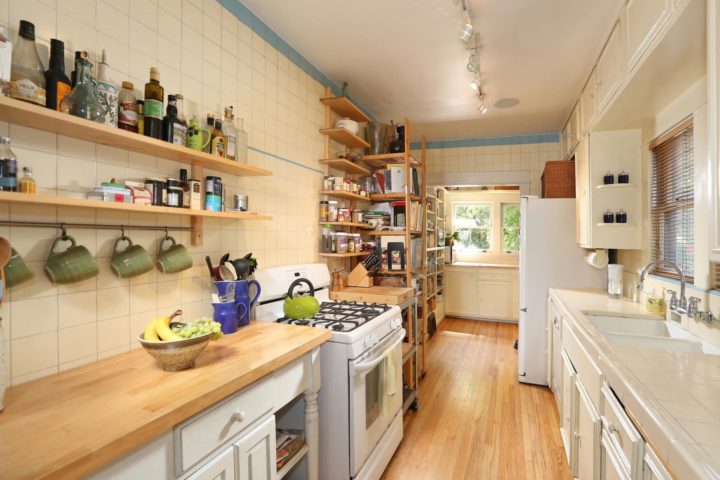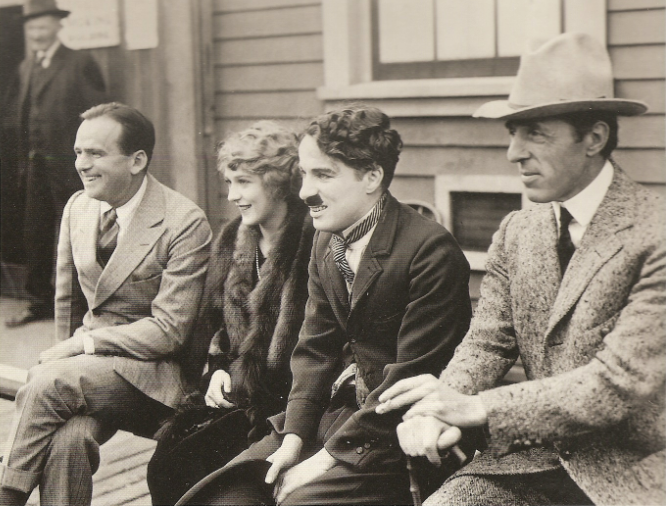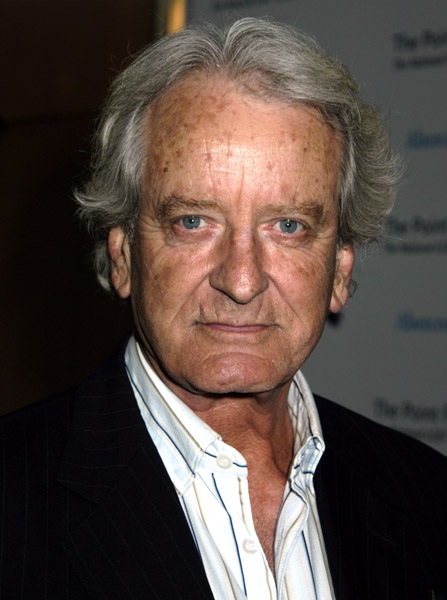 Built in the heyday of the Bungalow Period of residential architecture, 1624 Gardner is the quintessence of Southern California living. Influenced by the Arts & Crafts movement, bungalows were intrinsically appealing for their simple (by Victorian standards) interiors.
Built in the heyday of the Bungalow Period of residential architecture, 1624 Gardner is the quintessence of Southern California living. Influenced by the Arts & Crafts movement, bungalows were intrinsically appealing for their simple (by Victorian standards) interiors.
 Southern California Bungalows were quite large, with rambling floor plans, extensive grounds, three or five or seven bedrooms, large living spaces, and multiple porches.
Southern California Bungalows were quite large, with rambling floor plans, extensive grounds, three or five or seven bedrooms, large living spaces, and multiple porches.
 True to form, 1624 North Gardner features 4 bedrooms and 2.5 baths in 2,286 sq. ft. of living space.
True to form, 1624 North Gardner features 4 bedrooms and 2.5 baths in 2,286 sq. ft. of living space.  The original floor plan and architectural details are consistent with the Arts and Crafts era: 1624 North Gardner features a large formal living room with a fireplace and handcrafted architectural details, a formal dining room, and a galley kitchen.
The original floor plan and architectural details are consistent with the Arts and Crafts era: 1624 North Gardner features a large formal living room with a fireplace and handcrafted architectural details, a formal dining room, and a galley kitchen.
 Furniture maker, publisher, entrepreneur Gustav Stickley, the most persuasive voice for reform in residential architecture between 1901 and 1916, believed that the embodiment of Craftsman architectural ideals gave the Bungalows their wider appeal.
Furniture maker, publisher, entrepreneur Gustav Stickley, the most persuasive voice for reform in residential architecture between 1901 and 1916, believed that the embodiment of Craftsman architectural ideals gave the Bungalows their wider appeal.

Stickley’s message had three major principles: simplicity, harmony with nature, and the promotion of craftsmanship.
 1624 Gardner is a showcase of incredible workmanship and details throughout.
1624 Gardner is a showcase of incredible workmanship and details throughout. 
 The home is illuminated by natural light. This 1st floor room serves as an office, bedroom, and den that opens out to the backyard.
The home is illuminated by natural light. This 1st floor room serves as an office, bedroom, and den that opens out to the backyard. 
 Upstairs, the master bedroom suite extends into a sitting area and lush foliage views.
Upstairs, the master bedroom suite extends into a sitting area and lush foliage views.
 A true California Bungalow holds a symbiotic relationship with its site.
A true California Bungalow holds a symbiotic relationship with its site.
1624 North Gardner is hugged by its surroundings. Completely gated and set back off the street on a lovely lot surrounded by mature trees,
Completely gated and set back off the street on a lovely lot surrounded by mature trees, 1624 North Gardner’s indoors and outdoors are intermingled in terraces, verandahs, a patio, pergolas and trellises.
1624 North Gardner’s indoors and outdoors are intermingled in terraces, verandahs, a patio, pergolas and trellises.

A cozy outdoor fireplace and tranquil fountain, accentuate the peaceful grounds making 1624 North Grdner perfect for entertaining all year.

 And for creative time, there is a large detached, airy office on the back of the property.
And for creative time, there is a large detached, airy office on the back of the property.
 Constructed during same time frame as Highland Camrose Bungalow Village, 1624 North Gardner reflects archetypal California Arts and Crafts characteristics meant to invoke harmony with nature, restfulness, and simplicity.
Constructed during same time frame as Highland Camrose Bungalow Village, 1624 North Gardner reflects archetypal California Arts and Crafts characteristics meant to invoke harmony with nature, restfulness, and simplicity.
 Just outside of this urban oasis, the Hollywood Film Industry was booming nearby.
Just outside of this urban oasis, the Hollywood Film Industry was booming nearby.

Charlie Chaplin founded his studios at 1416 N La Brea Avenue, Hollywood in 1917
Charlie Chaplin built an independent facility nearby on La Brea Avenue. Chaplin began construction on his independent movie studio in 1917 after purchasing a five-acre parcel of land at the corner of Sunset and La Brea Boulevards from a man named R.S. McClellan, who lived on the property at the time. Charlie Chaplin Studios featured production offices; a screening room; a film laboratory; a large ten-room house where his brother sometimes lived; a backlot; a swimming pool; tennis courts; stables; and two soundstages. Tudor-style cottages were built along the perimeter of the lot giving the property an English village appearance. Chaplin filmed numerous hit movies including Gold Rush, City Lights, Limelight, Modern Times, and The Great Dictator.
And while 1624 North Gardner was being built in 1918 between Sunset and Hollywood, Chaplin, Fairbanks and Pickford were forming United Artists.

Douglas Fairbanks, Mary Pickford, Charlie Chaplin, and D.W. Griffith in 1919.
United Artists was formed in 1919 by Charlie Chaplin, the comedy star; the popular film stars, Mary Pickford and her husband, Douglas Fairbanks; and D.W. Griffith, the director who was a pioneer in the development of camera techniques. They were the leading filmmakers of their day and wanted complete freedom in producing and distributing their films.
Originally subdivided by Mr. Hollywood himself, real estate magnate, CE Toberman, this neighborhood has always provided respite for the creative individuals of the entertainment industry. Early occupants of 1624 North Gardner were often mentioned on the society pages of the Los Angeles Times.
Over the years, many industry notables have resided on tree-lined North Gardner. 1624 North Gardner’s chain of title itself has sheltered many people of note.

Actor and producer Nicholas Coster
Actor and producer, Nicolas Coster known for his roles on TV Soaps Santa Barbara and One Life to Live once owned 1624 North Gardner, as well as producer and actress Moira Walley-Beckett, whose credits include Breaking Bad, Flesh and Bone, and Anne with an E. And actor and director, Joshua Beckett, known for Always Say Goodbye, Live Nude Girls, and The Marshall Chronicles.

Los Angeles Times, February 28, 1977
Robert Gore Rifkind, is a prior owner of 1624 North Gardner. The drugstore heir, retired lawyer, art collector and philanthropist is responsible for The Robert Gore Rifkind Center for German Expressionist Studies at the Los Angeles County Museum of Art. The center is devoted to the study of the Expressionist movement that flourished in Germany during the early twentieth century and houses a collection of approximately 6,000 prints and drawings and a catalogued library of over 10,000 volumes.

Entrance to the Pickford-Fairbanks Studio
which became United Artists
The growth of still more studios located further east along Sunset Blvd and Melrose Avenue created an unprecedented demand for housing. Sunset Blvd. became the major route between the studios in Hollywood and the star’s homes in Beverly Hills. It was especially appealing to film technicians and up and coming actors for its proximity to the studios, as well as being conveniently located off the Pacific Electric Hollywood Line.
In fact, one of the impetuses for the development of Sunset Square was the rise of the nearby film Industry. From 1919-1925 numerous studios were built in the Hollywood Area.

Leave a Reply
You must be logged in to post a comment.